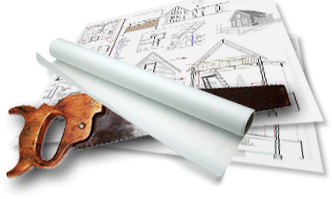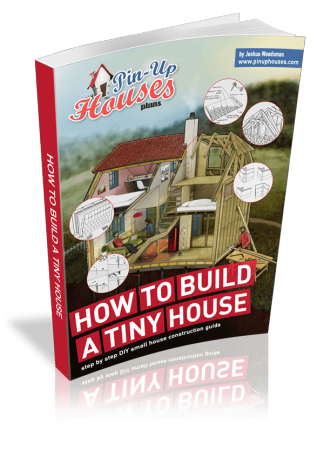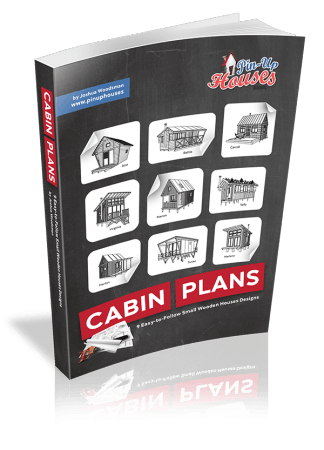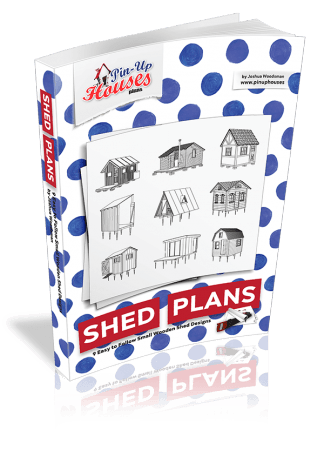When considering purchasing a home, it’s crucial to understand the ins and outs of home financing. With so many options available, it can be overwhelming to know where to start.
However, with the right knowledge and tools, you can make informed decisions that align with your financial situation and long-term goals. This guide will break down the home financing process, covering key factors such as mortgages, down payments, and other financing options.
Understanding Home Financing
Before you begin looking at homes, you need to understand the various financing options available. Home financing essentially refers to the process of borrowing money to purchase a property. There are different ways to finance a home, and selecting the right option depends on your financial stability, credit history, and the type of home you want to buy.
Some common types of financing include:
- Conventional Mortgages: These are loans not insured by the government. They usually require a higher credit score and a larger down payment.
- FHA Loans: A government-backed option for first-time buyers or those with less-than-perfect credit.
- VA Loans: Exclusively available to veterans and active military members, often with no down payment required.
- USDA Loans: Designed for rural and suburban homebuyers, these loans offer low-interest rates with no down payment.
Each of these options has different eligibility requirements, benefits, and drawbacks. Let’s take a closer look at some of the most common options, starting with mortgages.
Mortgages: A Common Home Financing Option
A mortgage is the most common method of financing a home. Essentially, it’s a loan provided by a bank, credit union, or other lending institution to help you purchase a home. The mortgage is secured by the home itself, meaning if you fail to make the payments, the lender can foreclose on the property.
Types of Mortgages
There are several types of mortgages, each with its features:
- Fixed-Rate Mortgages: The interest rate stays the same for the entire term of the loan, which typically ranges from 15 to 30 years. This provides predictability and stability in monthly payments.
- Adjustable-Rate Mortgages (ARMs): The interest rate can change after an initial period, often resulting in lower initial payments. However, the rate can increase, leading to higher future payments.
- Interest-Only Mortgages: With these mortgages, you only pay the interest for a certain period, usually five to 10 years, after which you begin paying down the principal.
The Importance of a Down Payment
One of the first considerations when applying for a mortgage is the down payment. A down payment is the amount of money you pay upfront towards the purchase of your home. Typically, it’s a percentage of the home’s total price.
The size of your down payment can significantly affect your mortgage. A larger down payment may lower your monthly payment and interest rate. It can also help you avoid private mortgage insurance (PMI), which is typically required if your down payment is less than 20%.
For example, let’s say you’re purchasing a home for $250,000, and you have $50,000 for a down payment. This means you would need a mortgage for $200,000. To calculate how much this will cost you on a monthly basis, you might use a mortgage down payment calculator to estimate your future payments, considering the loan amount, interest rate, and term length.
The Application Process: What You Need to Know
When applying for home financing, be prepared to submit several documents to prove your financial stability. Lenders will look at your:
- Credit Score: A higher score generally means better loan terms. A score above 700 is typically considered good.
- Income and Employment: Lenders will want to know you have a stable income to repay the loan.
- Debt-to-Income Ratio: This ratio compares your monthly debt payments to your monthly income. Lenders prefer a lower ratio, as it indicates you are less risky to lend to.
- Down Payment: As mentioned earlier, a larger down payment can improve your chances of securing favorable financing.
During the application process, the lender will assess these factors to determine your eligibility and the terms of your loan. It’s important to shop around with different lenders to ensure you are getting the best deal.
Other Financing Options: Alternatives to Traditional Mortgages
While mortgages are the most common home financing option, there are other routes you might consider:
Home Equity Loans and Lines of Credit (HELOCs)
If you already own a home and are looking to purchase another, you might consider tapping into your home’s equity to finance the new home. Home equity loans and HELOCs allow you to borrow against the value of your property. These can be useful for those who need a larger down payment or want to consolidate debt.
Government-Backed Loans
In addition to the FHA, VA, and USDA loans mentioned earlier, there are other government-backed options available. These loans often come with lower interest rates and reduced down payment requirements. However, they may have stricter eligibility criteria.
- Fannie Mae and Freddie Mac Loans: These are conventional loans that are guaranteed by the government but are not as restrictive as FHA or VA loans.
- Reverse Mortgages: For older homeowners, a reverse mortgage allows them to borrow against the equity in their home without making monthly payments. This can be a useful option for retirees.
Private Lenders
Some buyers might turn to private lenders, such as online lenders or peer-to-peer lending platforms. These can offer more flexible terms than traditional banks, but they may come with higher interest rates.
Tips for Securing the Best Financing Terms
The key to getting the best deal on home financing lies in preparation. Here are a few tips that can help:
- Check Your Credit Score: Before applying for financing, make sure your credit is in good shape. If necessary, take steps to improve your score, such as paying down debt or correcting any errors on your credit report.
- Save for a Larger Down Payment: A bigger down payment can lower your monthly payment and save you money on interest over the life of the loan. Aim for at least 20% to avoid PMI.
- Shop Around for the Best Rates: Don’t settle for the first offer you receive. Compare rates from different lenders, and consider getting quotes from mortgage brokers who can shop on your behalf.
- Consider the Loan Term: A 15-year mortgage may have a higher monthly payment but will save you money on interest in the long run. Weigh the pros and cons of different terms before committing.
Conclusion: Take Control of Your Home Financing Journey
Home financing is one of the most important decisions you’ll make when purchasing a property.
With the right knowledge and a little preparation, you can secure the best possible deal and take the first step toward homeownership. Whether you’re opting for a conventional mortgage, looking into government-backed loans, or considering a home equity loan, there are multiple paths to financing your dream home.
Take your time, compare your options, and consult with professionals to ensure you’re making the best choice for your financial future.








